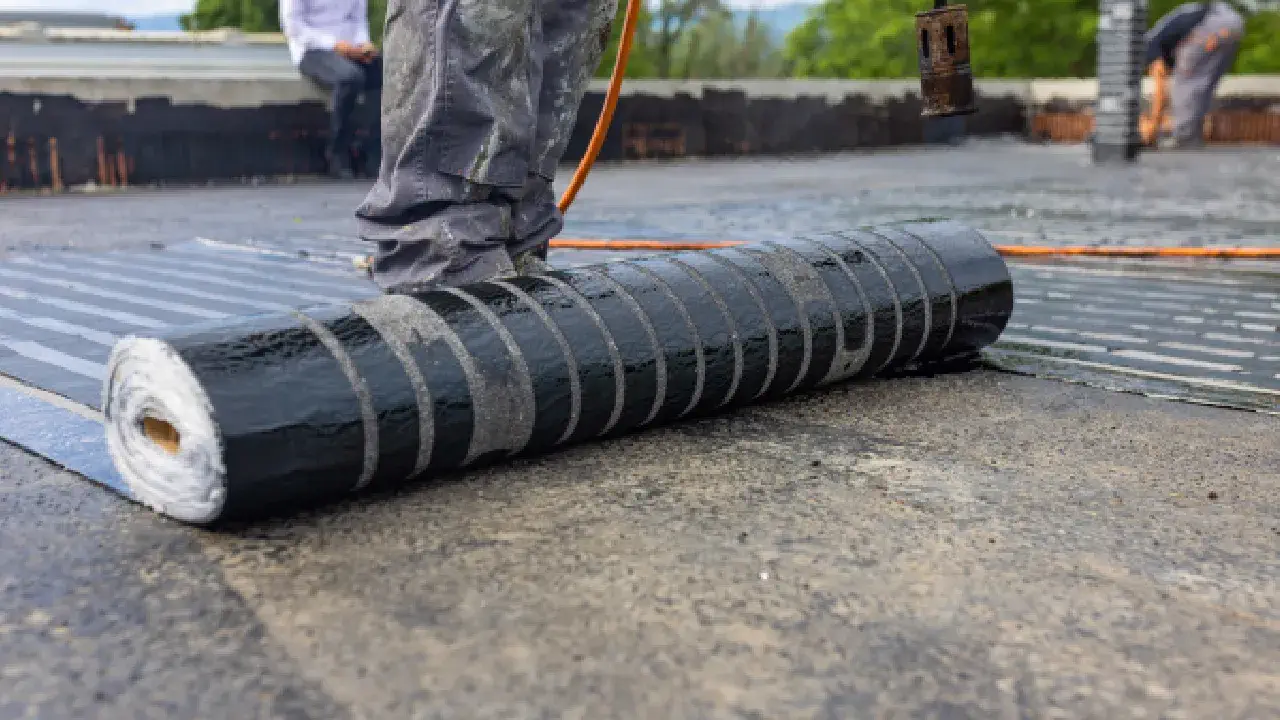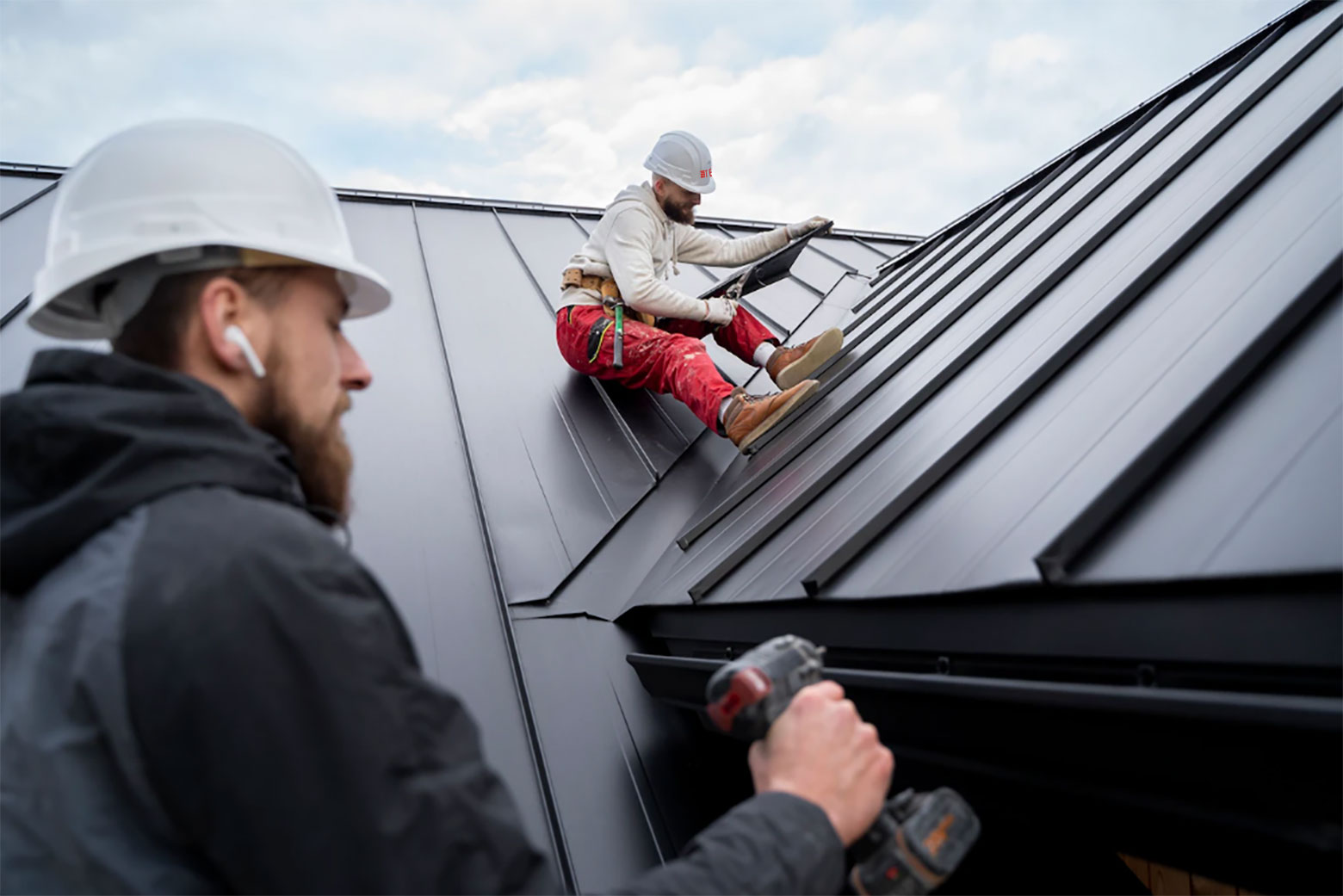Leading Honolulu Roofing Contractors for Custom-made Roofing Projects
Leading Honolulu Roofing Contractors for Custom-made Roofing Projects
Blog Article
Just How to Identify Indications That Common Roof Covering Repair Work Is Required on Your Property
Identifying signs that usual roof fixing is required on your building is critical for keeping the honesty of your home. Routine assessments can expose subtle indications, such as missing out on or damaged tiles and the existence of granules in rain gutters, which may recommend degeneration.
Missing or Damaged Tiles
One of the most noticeable indicators of potential roof covering concerns is the existence of missing or harmed tiles. These aspects act as the first line of protection against the elements, and their honesty is vital for maintaining the overall health and wellness of a roof. When tiles are missing, fractured, or curled, it exposes the underlying layers of the roof covering to wetness and ecological damage, leading to a lot more severe complications gradually.

It is vital to perform routine assessments, particularly after severe weather condition events such as storms or hail. Property owners should try to find signs of deterioration, consisting of discoloration, granule loss, or visible wear along the sides of the tiles. Furthermore, the existence of broken or distorted roof shingles can interrupt the visual allure of a property and may indicate an immediate demand for repairs.

Leakages and Water Discolorations

Recognizing leakages and water discolorations is critical for maintaining the integrity of a roof. These indicators frequently signal underlying issues that, if left unaddressed, can lead to significant architectural damages and pricey fixings. Water discolorations commonly look like blemished spots on ceilings or wall surfaces, typically with a yellow or brownish shade, indicating that dampness has penetrated the roofing product.
To properly examine for leaks, examine both the interior and outside of your building. Inside, seek any type of signs of water damages, such as drooping ceilings or peeling paint. Outside, check out the roof covering for missing shingles, harmed flashing, or any kind of penetrations where water may penetrate. Pay attention to locations around vents, chimneys, and skylights, as these are common resources of leaks.
Furthermore, check your attic for proof of wetness or mold and mildew growth, which can better indicate roof covering leaks. If you observe persistent leakages or water stains, it may be a good idea to get in touch with an expert professional roofer. Early recognition and prompt repair service of leaks can assist maintain the lifespan of your roofing and prevent a lot more extensive damage.
Moss and Algae Development
Moss and algae growth on a roofing system can dramatically compromise its efficiency and long life. These microorganisms flourish in moist, shaded locations, often resulting in a series of problems if left untreated. Moss, in certain, can retain wetness versus roof covering materials, which click here to find out more can contribute to the degeneration of tiles and underlayment. Over time, this moisture retention can result in timber rot and mold and mildew development, possibly causing costly repairs.
Algae, on the other hand, mainly manifests as dark touches on the roofing surface. While it may not trigger instant architectural damage, algae can indicate underlying issues such as entraped dampness. In addition, the visibility of algae can reduce the visual charm of a residential property and might lower its market price.
To deal with moss and algae development, it is essential to do normal roofing system examinations, particularly after periods of hefty rains. By maintaining a clean roofing, residential or commercial property proprietors can expand the additional resources lifespan of their roof system and maintain their financial investment.
Sagging Roof Covering Deck
The presence of moss and algae on a roofing can indicate underlying problems that might result in much more severe troubles, such as a drooping roof covering deck. honolulu roofing. A sagging roof deck signifies structural weakness and must be resolved promptly to avoid additional damage. This condition commonly emerges from long term dampness direct exposure, which can damage the sustaining frameworks, consisting of rafters and trusses
To recognize a drooping roof covering deck, evaluate the roof covering from both the outside and inside. Try to find noticeable dips or clinical depressions in the roofing system surface, as well as signs of water damage, such as tarnished ceilings or wall surfaces. Inside assessments may expose a bowing appearance in the roofline or cracks in the drywall.
An additional essential facet to observe is the positioning of roofing system features, such as chimneys and vents. If these components show up misaligned, it may indicate that the roof covering deck is changing.
If you discover any signs of drooping, it is vital to consult a certified roof expert. They can assess the level of the damage and recommend necessary repair services to bring back the roof's architectural stability, ensuring the safety and security and durability of your residential property.
Granules in Rain Gutters
Amid regular roofing system upkeep, finding granules in gutters can act as a vital indication of putting at risk roofing issues. Roof covering granules are the protective layer on asphalt tiles, designed to protect them from UV rays and weather damages. Over time, direct exposure to the elements can trigger these granules to loosen up and get rid of, causing significant degeneration of the roofing material.
The visibility of granules in gutters commonly indicates that your roof shingles are nearing completion of their lifespan or have actually experienced damage from extreme climate condition. If you observe a substantial build-up of granules, it is vital to check out better. Inspect your roofing system for indicators of hairless spots or discoloration, read which can suggest that the roof shingles are falling short.
As shingles shed their granules, they come to be a lot more prone to leaks, leading to costly interior damages. If you continually locate granules in your rain gutters, seek advice from a roof professional to assess the problem of your roofing and identify if repair work or a replacement are essential.
Final Thought
Indicators of a sagging roof covering deck and the presence of granules in rain gutters need to not be neglected, as these aspects might contribute to considerable damage and costly repairs. Positive analysis can mitigate potential damage and prolong the life-span of the roof.
Report this page